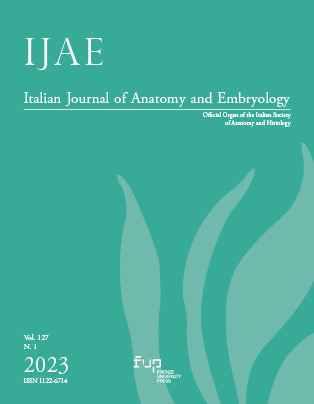Discover the anatomy of the mummies: how imaging techniques contribute to understanding disease in the past
Published 2023-08-28
Keywords
- computed tomography,
- magnetic resonance,
- paleoradiology,
- radiography,
- mummies
- paleopathology,
- review ...More
How to Cite
Copyright (c) 2023 Veronica Papa, Mauro Vaccarezza, Francesco Maria Galassi, Elena Varotto

This work is licensed under a Creative Commons Attribution 4.0 International License.
Abstract
Mummies are the well-preserved remains of humans or animals in which non-bony tissue has been maintained naturally or artificially. Their significance lies in their contribution to paleopathological research, which involves understanding the history and evolution of diseases and providing insights into past populations’ cultural and social practices. In recent years, mummies studies used nondestructive methods, including modern imaging techniques, to assess the main pathological features of these unique human remains. This mini-review focuses on the role of paleoradiology in mummies’ studies and describes the history of mummy radiography and CT scanning over the last fifteen years. The search strategy was conducted between January and April 2023. One thousand one hundred twenty-four records (1124) were initially identified, and 52 studies were assessed for qualitative synthesis. Three main themes and four subthemes were identified, providing a general overview of the role of paleoradiology or offering methodological guidelines. Also, subthemes assessed the role that the use of radiology has in the diagnosis of specific pathologies. Therefore, imaging techniques in ancient human remains might help understand the history and evolution of past and present diseases and their risk factors.

